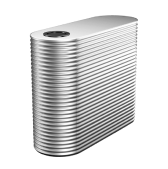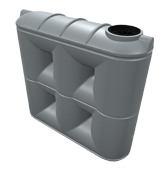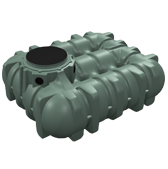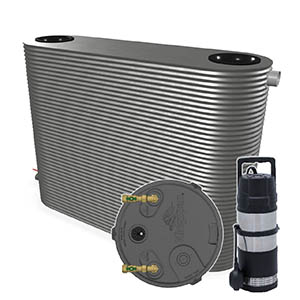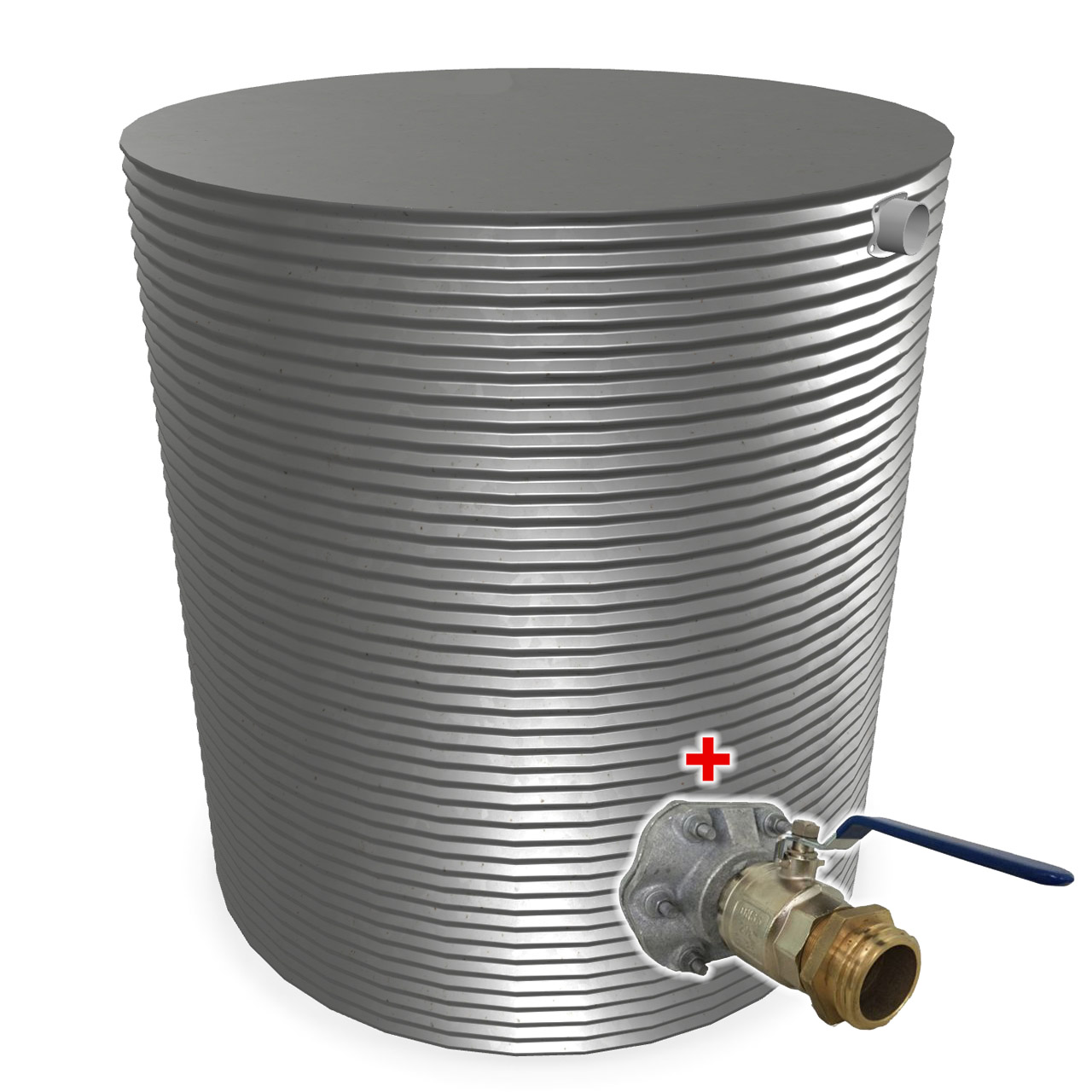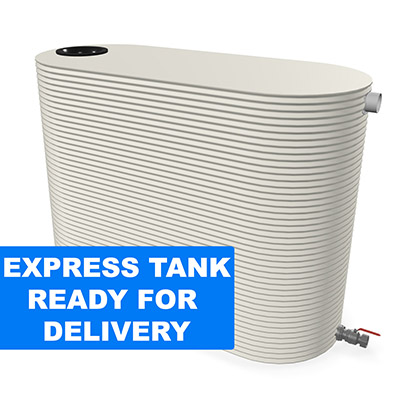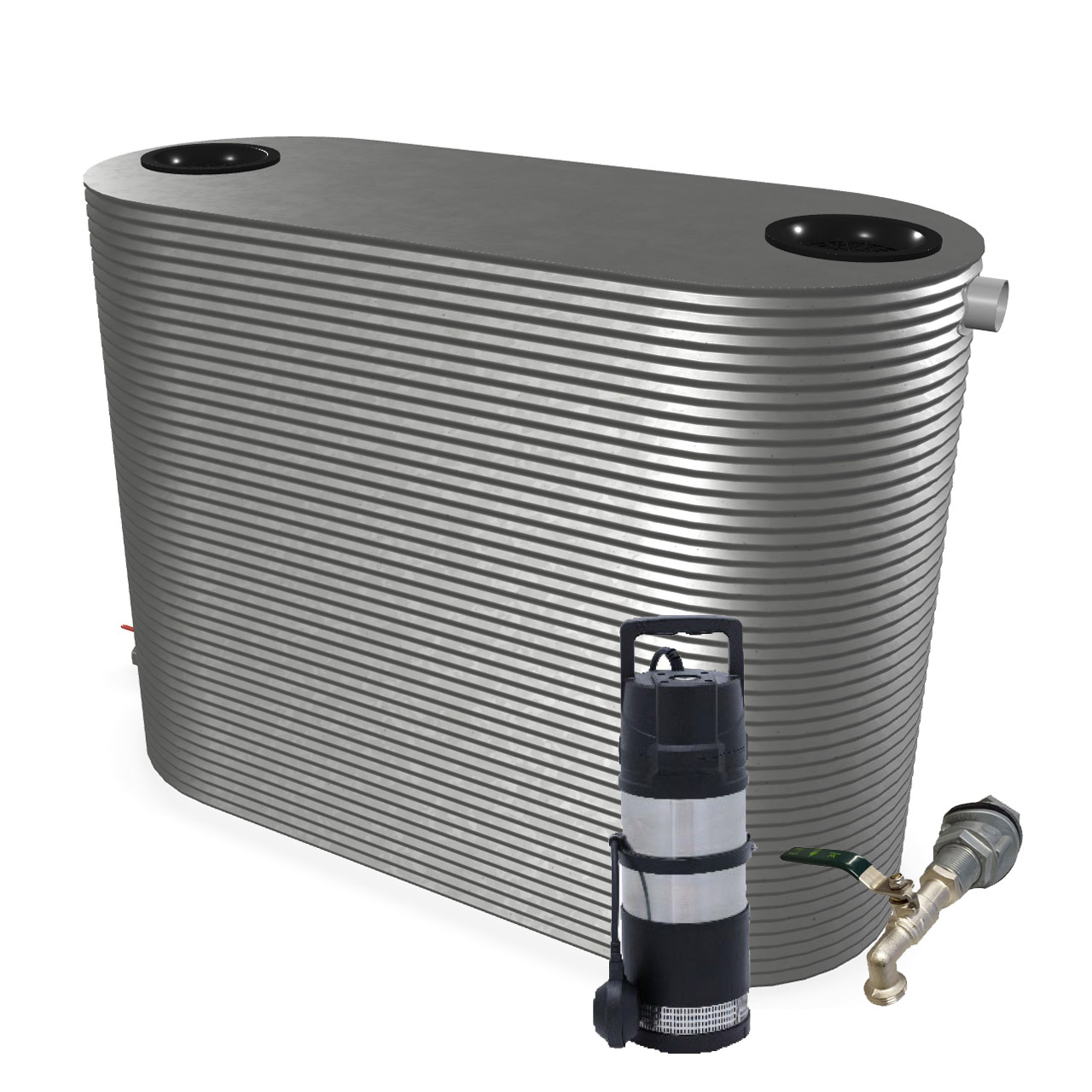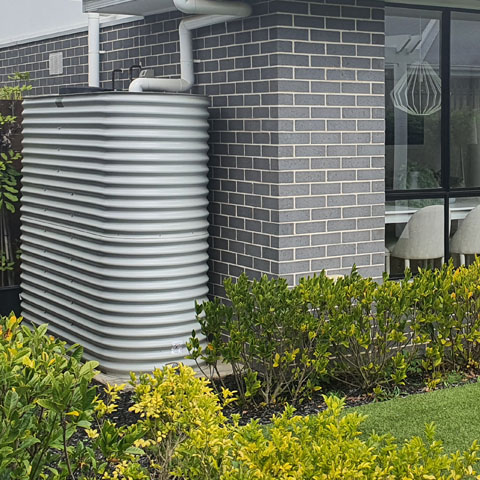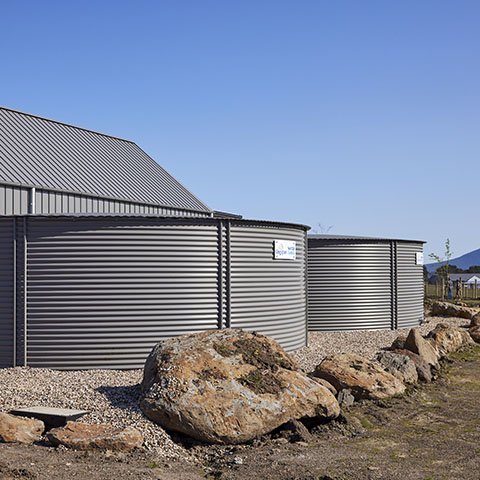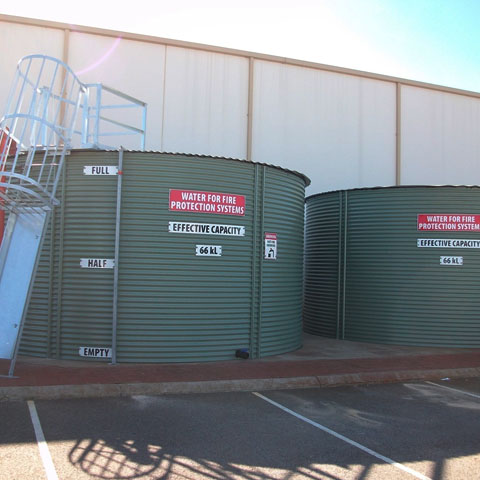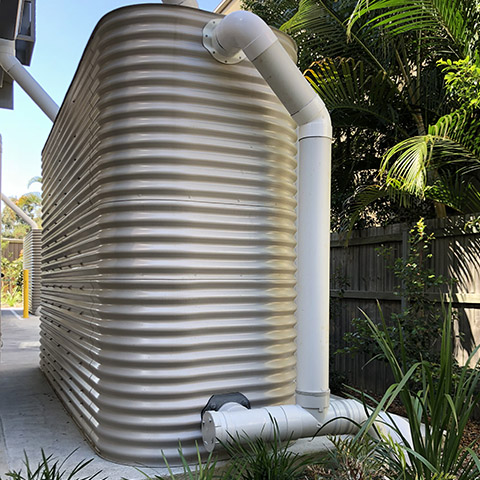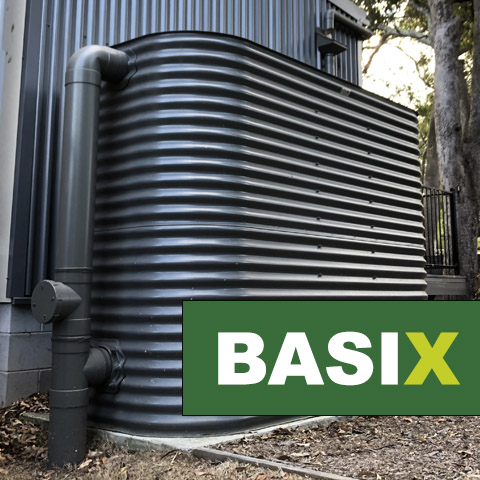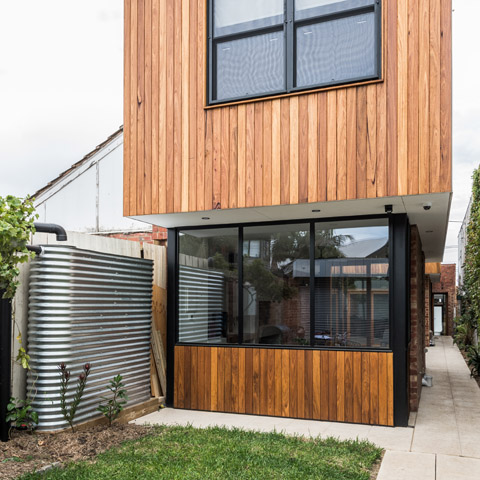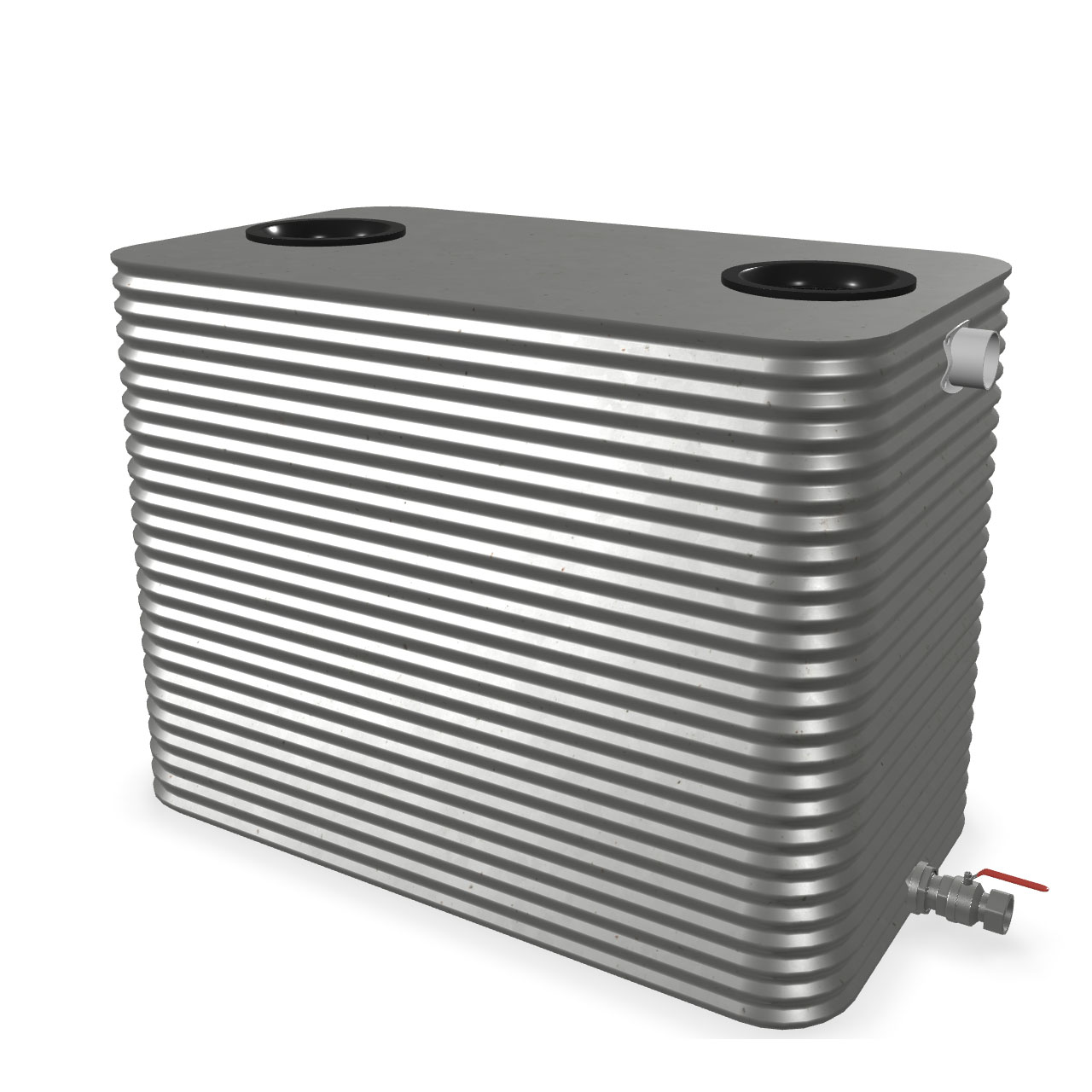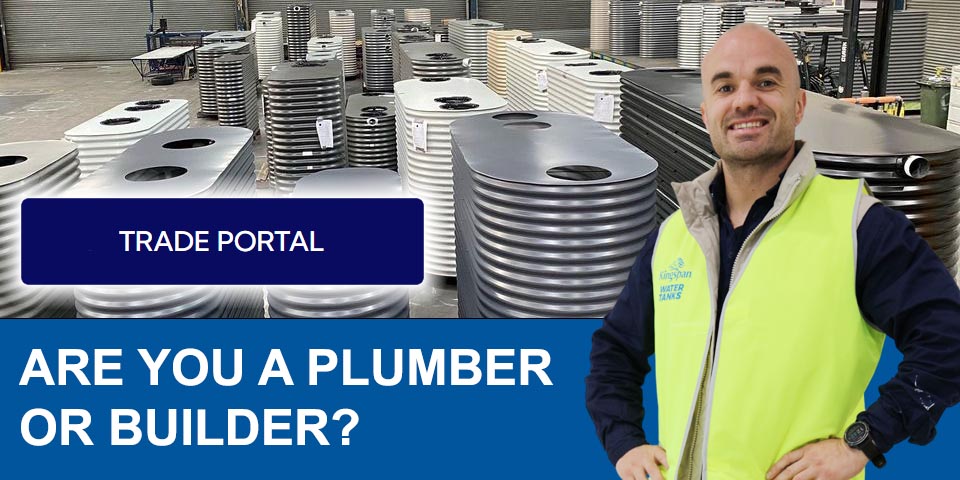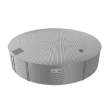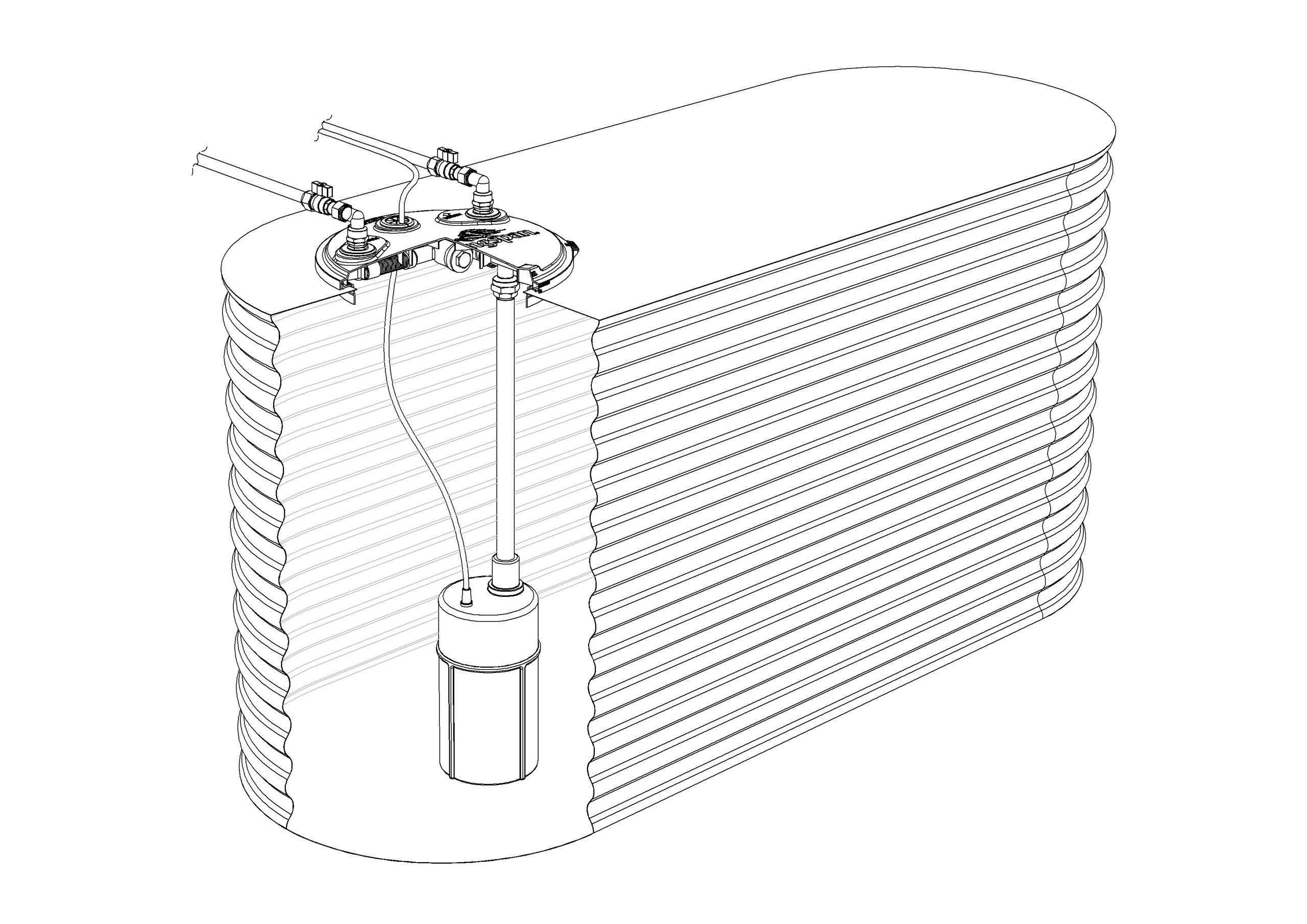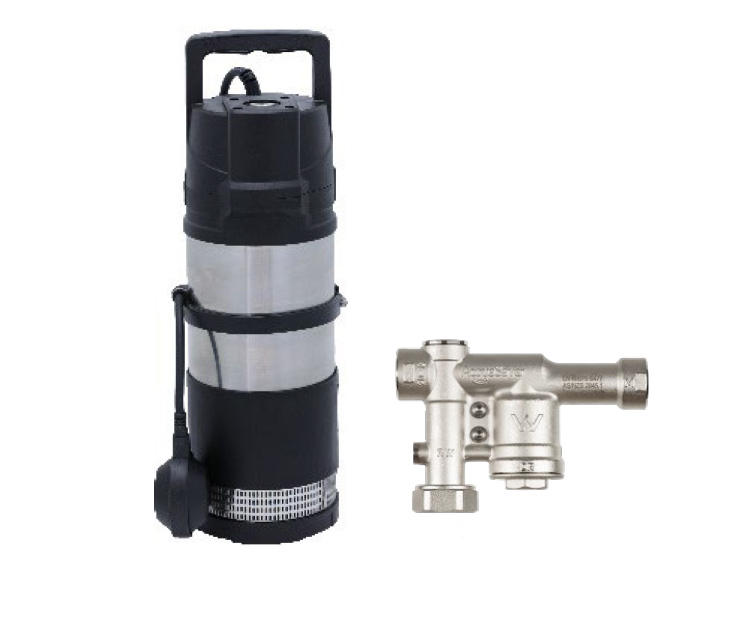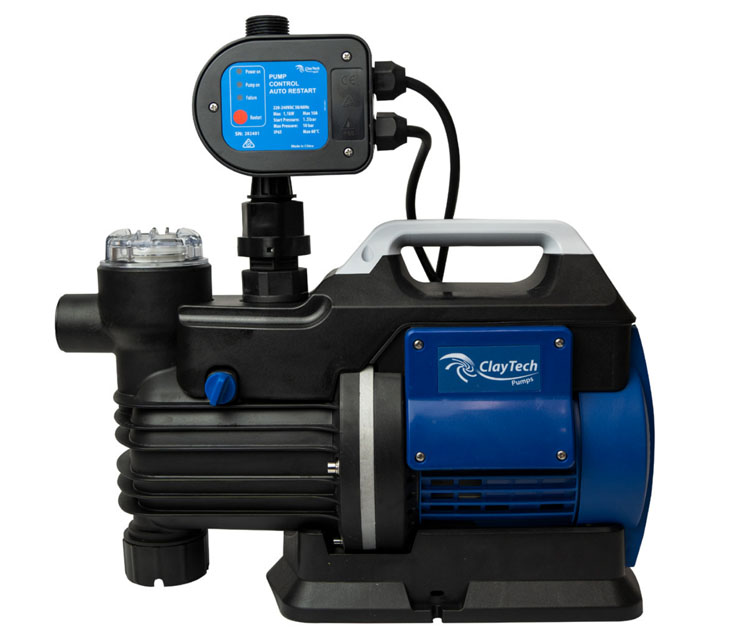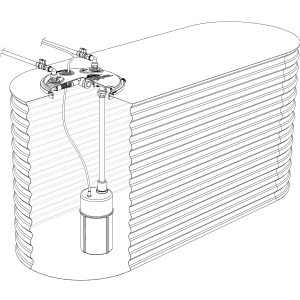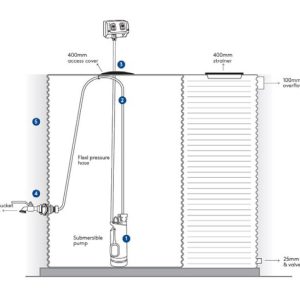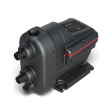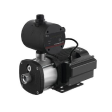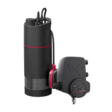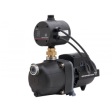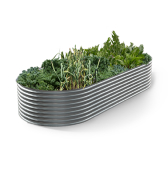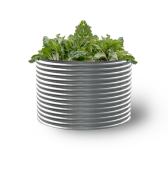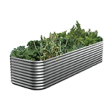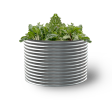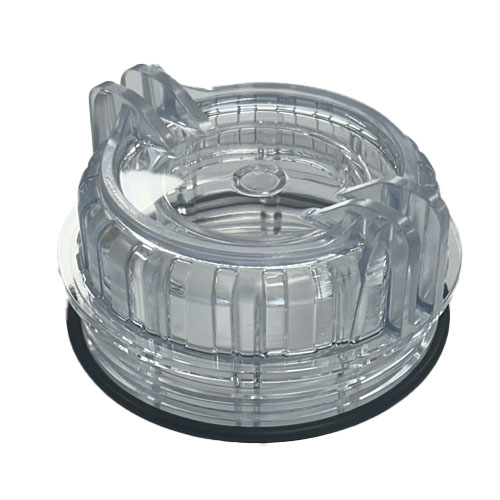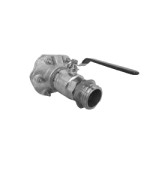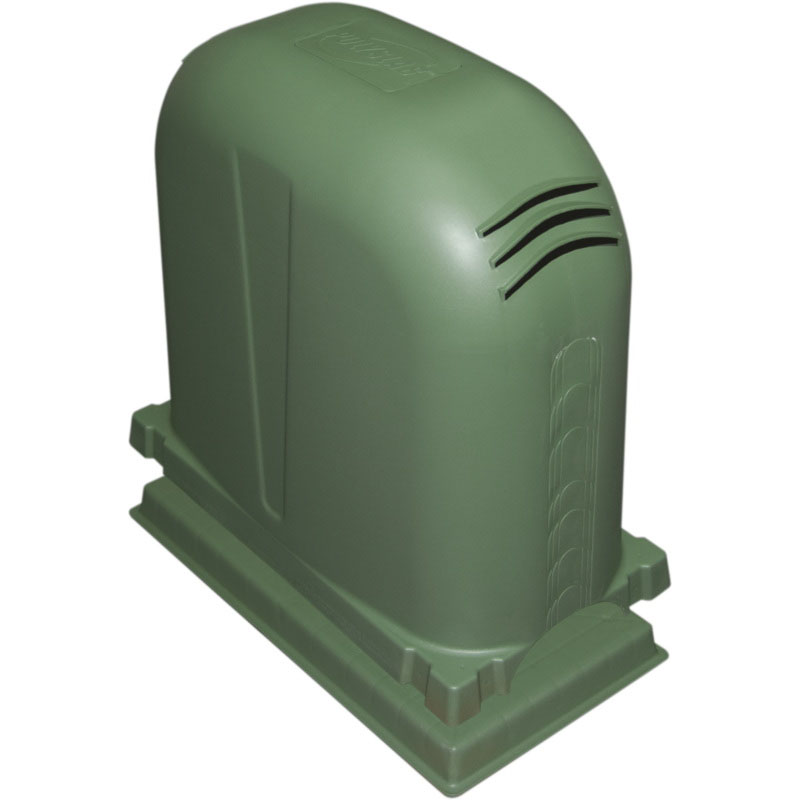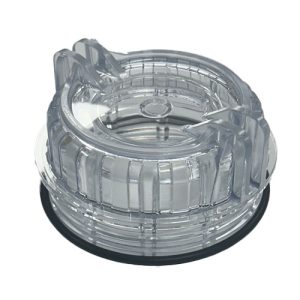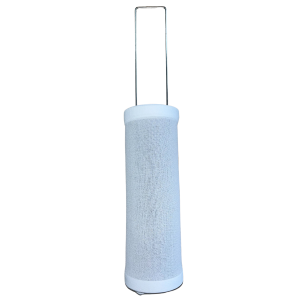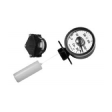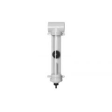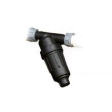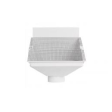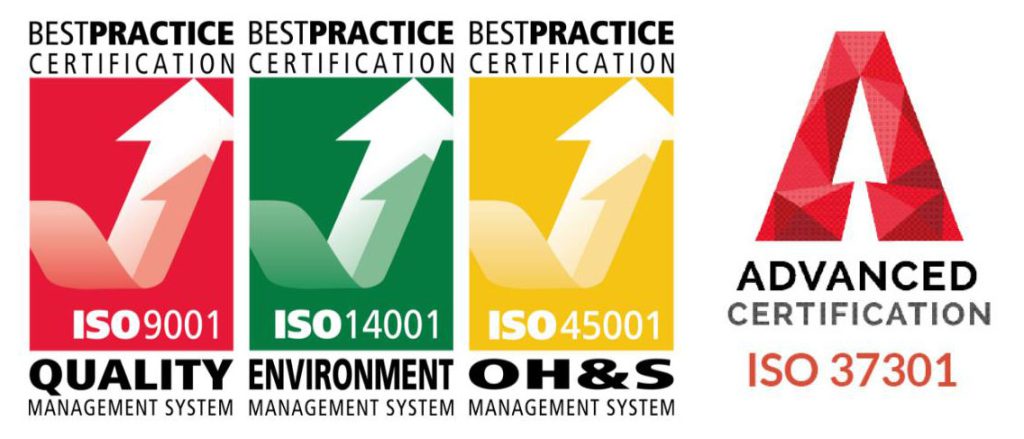- Water Tanks
-
-
-
EXPLORE OUR RANGE
SPECIALISED TANKS
BUILD YOUR OWN TANK
SHOP BY CATEGORY
SHOP BY RANGE
Explore Specialised Tanks
-
-
-
- Pumps
-
-
-
Urban Water Tank Pumps
These pumps are suitable for our Urban water tank range only. For rural tank pumps, please contact us for advice.
-
-
-
- Garden Beds
-
- Accessories
-
- ⚙️3D Water Tank Builder
- Water Tanks
-
-
-
EXPLORE OUR RANGE
SPECIALISED TANKS
BUILD YOUR OWN TANK
SHOP BY CATEGORY
SHOP BY RANGE
Explore Specialised Tanks
-
-
-
- Pumps
-
-
-
Urban Water Tank Pumps
These pumps are suitable for our Urban water tank range only. For rural tank pumps, please contact us for advice.
-
-
-
- Garden Beds
-
- Accessories
-
- ⚙️3D Water Tank Builder
- Service & Maintenance
-
-
-
Urban water Tank Services
- Urban Tank Supply & Install
- Urban Tank Repair or Pump Replacement
- Urban Tank Servicing
- Urban Tank Cleaning
Urban water Tank support
- Register Warranty
- Urban Tank Care & Maintenance Tips
- Urban Tank Owners Manual
- Quarterly Maintenance Reminder
Rural Water Tank Services
- Rural Tank Servicing
- Rural Tank Liner Replacement
- Rural Tank Roof & Truss Replacement
Rural Water Tank Services
- Register Warranty
- Rural Tank Care & Maintenance Tips
- Rural Tank Owners Manuals
-
-
-
- Resources
-
-
-
For Kingspan Tank Owners
-
-
-
- About
-
No products in the cart.
